Myofascial Postural Chains Therapy
Myofascial Postural Chains Therapy is a comprehensive course that teaches therapists how to identify and treat Postural imbalances through muscle/fascia chains activation.
Original price was: $657.00.$599.00Current price is: $599.00.
- Master your techniques: Acquire proficiency in a highly effective and unique approach, elevate your abilities to a higher standard.
- Hybrid format: Learn the theory comfortably at home (online + onsite) so you can learn the theory comfortably at home. Live, on-site classes 100% hands-on
- Be a professional of excellence: Have your patients spreading the word of your successful treatment
- The best teachers: Have a Ph.D. teaching you, Dr. Joe Rosario has over 20 years of clinical and teaching experience
- Efficacy: Extremely fast results for Pain
Vary fast results for Posture - Excellent didactics: your learning is guaranteed
- Quality warrant: Do as the thousands of our students graduated all over the world
Venue: Clinique de Physiotherapie Ste. Chatherine – Montreal
Language: English
Prerequisites
I- High school for the normal length program (Type I)
II- Health care bachelor for the fast track (Type II) program.
Diploma in Osteopathy – DO
The Diploma in Osteopathy program is a comprehensive course based on World Health Organization standards, designed to equip you with the knowledge and skills necessary to practice Osteopathy in Canada and deliver robust results to your patients.
Osteopathy is a hands-on whole-body treatment method that offers personalized care to every patient. By promoting a healthy lifestyle and disease prevention, it improves patients’ overall wellbeing and quality of life. As a practitioner with a Diploma in Osteopathy, you will be able to offer meaningful care to your patients, helping them achieve their health goals.
If you’re looking to pursue a career as an Osteopath, this program is the perfect fit for you. With a Diploma in Osteopathy, you’ll have the expertise and credentials to provide high-quality care to your patients, setting you apart as a professional in your field.
How to become an osteopath
If you’re interested in becoming an osteopath, you’ll need to complete a Diploma in Osteopathy program to qualify for this rewarding career. Here are the steps to become an osteopath:
- Choose a reputable educational institution that offers a Diploma in Osteopathy program. Look for a program that is recognized, such as Manual Therapy Academy D.O. program.
- Enroll in the Diploma in Osteopathy program and complete the required coursework, which typically takes 4 years to complete. During this time, you’ll learn about anatomy, physiology, pathology, and Osteopathic techniques. If you are already a health professional, you might be able to finish in 1 year, according to the World Health Organization.
- After completing the program in a recognized school, you’ll be able to practice as an osteopath and provide personalized care to your patients. With a Diploma in Osteopathy, you’ll have the knowledge and skills to diagnose and treat a wide range of health conditions, using a whole-body approach.
Becoming an osteopath requires dedication, hard work, and a passion for helping others. With a Diploma in Osteopathy, you’ll have the qualifications and expertise to provide high-quality care to your patients and make a positive impact on their health and wellbeing.
DIPLOMA IN OSTEOPATHY – PROGRAM HIGHLIGHTS:
The Diploma in Osteopathy program is a comprehensive four-year course that prepares students for a rewarding career in Osteopathy. The first two years of the program focus on the pre-clinical phase and fundamental scientific principles. These principles are then built upon in the integrated organ system approach, which encompasses basic and clinical sciences. In the final two years of the program, students fully enter the clinical phase, immersing themselves in clinical training and internship in diverse practice settings.
This program teaches the full spectrum of Osteopathic techniques, ranging from basic and safer techniques in the first year to more advanced and challenging techniques, such as fascia, cranial, visceral, and joint techniques. As students progress through the program, their manual, rationale, and assessing skills build up to complete mastery, providing them with the confidence and expertise to deliver high-quality care to their patients.
With the Diploma in Osteopathy, you’ll learn to apply these techniques to all types of patients in the internship, providing personalized care that improves their overall wellbeing and quality of life. By enrolling in this program, you’ll develop the clinical skills necessary to succeed in this rewarding career and make a positive impact on the lives of your patients.
We follow the WHO and FORE guidelines
The World Health Organization (WHO) and the Forum for Osteopathic Regulation in Europe (FORE) have set golden standards for the Education and Training of Osteopath. Always looking to deliver the best to our students we follow and surpass the benchmark set by these organizations.
ARE YOU A HEALTH PROFESSIONAL?
Talk to us. You might do a fast track formation. We can discuss the possibilities of an equivalency for the base disciplines of the first years. This is possible based on the TYPE II Osteopathic training established both by WHO and FORE.

Dr. Joe Rosario, PhD.
Professor, Creator of the Method
Physiotherapist graduated from the Federal University of São Carlos, Master’s degree from USP Medical School, Ph.D. from UNIFESP. Postdoctoral degree in Behavioral Medicine. Specialist in Acupuncture, Chiropractic, and Osteopathy. He defended a master’s thesis comparing Segmented Stretching and Myofascial Chains Therapy. He studied the relationship between Posture and Emotions in his Ph.D. thesis. Click here to full bio
Message from the headteacher:
Welcome to the Manual Therapy Academy International Osteopathy Division. This Diploma in Osteopathy course is an international production by Osteopathy schools and colleges from United States, Brazil, Canada and Portugal to bring the best of Osteopathy and Osteopathic medicine. It awards you a Diploma of Osteopathy—DO at the end of your course.
We look forward to answering your questions about our Diploma of Osteopathy program. Please take this opportunity to explore our website and learn more about our exciting endeavours in education, research, clinical care, community service, and international health care. See you soon.
Joe Rosario – DO, ND, PT, PhD
2 reviews for Myofascial Postural Chains Therapy
What is Posture?
Myofascial Postural Chains Therapy is a highly effective technique that aims to address the different ways posture can affect the body. Posture is defined as the joint position that balances the skeletal segments against gravity. Connective tissue and muscles, controlled by the nervous system, maintain posture as a basis for movement and communication. Faulty posture can result in joint, muscular, neural, and even emotional problems. Postural exercises, specially designed to activate whole Myofascial chains at once can be used in Myofascial Postural Chains Therapy to treat these problems and improve posture.
How to treat posture?
Many postural treatments focus on muscle stretching and strengthening to correct posture, but the reality is that the body works with long myofascial chains. That’s where Myofascial Postural Chains Therapy comes in. Rather than simply stretching agonist muscles and strengthening antagonists, this therapy addresses the fascia throughout the body to achieve postural correction. While myofascial release of the entire body can be time-consuming, this technique targets specific areas for optimal results.
What are Myofascial Chains or Postural Chains?
Myofascial Postural Chains Therapy recognizes that the body is an integrated system, where patterns of muscles and fascia form lines that are interdependent. The brain controls movement towards a goal, utilizing these patterns to complete tasks like sitting, standing, and walking. When one muscle in a myofascial line is stretched or tense, it can cause a chain reaction that affects other muscles in the same line. This is why Postural faults in one part of the body can cause issues in others. Through myofascial release, Myofascial Postural Chains Therapy aims to restore balance and harmony within these lines, promoting optimal movement and function.
How a bad posture can affect the lives of your patients?
Bad posture can have a significant impact on a person’s overall health. Those are some ways it can affect the body:
- Neck and Shoulder Pain: Poor posture can cause muscle imbalances and tension in the neck and shoulders, leading to pain and stiffness.
- Back Pain: Bad posture can put extra stress on the spine, leading to back pain and discomfort.
- Headaches: Forward head posture, which is common in people who spend a lot of time looking at screens, can lead to tension headaches.
- Digestive Issues: Poor posture can compress the organs in the abdomen, leading to digestive issues like acid reflux, constipation, and bloating.
- Breathing Difficulties: When the shoulders are hunched forward, it can restrict the expansion of the rib cage, making it harder to breathe deeply.
- Poor Circulation: Bad posture can put pressure on blood vessels, leading to poor circulation, which can cause numbness and tingling in the extremities.
- Fatigue: Poor posture can make it harder for the body to maintain proper alignment, leading to muscle fatigue and overall exhaustion.
It’s essential to maintain good posture throughout the day to avoid these health issues. This includes sitting and standing up straight, keeping the shoulders back and down, and aligning the ears with the shoulders. Regular exercise and stretching can also help improve posture and prevent these health problems.
What is Postural Chains Therapy Method?
Myofascial Postural Chains Therapy, also known as PCT, is a highly effective treatment method for addressing a wide range of postural and spinal issues. By utilizing myofascial release techniques, PCT helps to realign the body’s muscular chains, offering long-lasting relief from pain and discomfort. Whether you’re a seasoned practitioner or new to the field, PCT is an essential tool for taking your skills to the next level and providing your clients with the highest level of care.
Why take Postural Chains Therapy course?
Dr. Joe Rosario, an expert in Myofascial Postural Chains Therapy, has developed a unique method of treating these chains through Yoga Postures. With over 20 years of global teaching experience, PCT is the most effective way to perform the Chain Stretch Exercise or stretch the whole chain at once. By using this technique, the brain can learn a new neutral position for the body, improving overall posture. This method is a form of myofascial release and can earn credits towards a Brazilian Specialization Course in Posture.
POSTURAL CHAINS THERAPY COURSE CONTENT:
- History;
- Introduction to Myofascial Chains,
- Palpatory Anatomy;
- Neurophysiology of Posture;
- Physiology of connective tissue and Pompage;
- Muscular Physiology;
- Pathophysiology of static retraction and shortening;
- Radiology – RX,
- Tomography and Resonance;
- Postural diagnosis;
- Auxiliary mechanical resources;
- Choice of Posture.
- Personal experience of chains;
- Postural evaluation and diagnosis;
- Posture Installation;
- Photography;
- Auto Posture;
- Full service;
- Review and Supervision;
- Postural changes;
- Upper limbs;
- Cervical;
- Functional diagnosis;
- Open-angle (standing, lying down);
- Closed-angle (standing, sitting);
- Lower members;
- Scoliosis;
- Closing,
- Suggestions and questions.

Dr. Joe Rosario, PhD.
Professor, Creator of the Method
Physiotherapist graduated from the Federal University of São Carlos, Master’s degree from USP Medical School, Ph.D. from UNIFESP. Postdoctoral degree in Behavioral Medicine. Specialist in Acupuncture, Chiropractic, and Osteopathy. He defended a master’s thesis comparing Segmented Stretching and Myofascial Chains Therapy. He studied the relationship between Posture and Emotions in his Ph.D. thesis. Click here to full bio
Time Load:
2 days
Classroom material:
Bring appropriate clothes for practice.
Prerequisites
This program is for all health care providers. There are NO prerequisites for this program.
Tax Receipts and Refund Policy
Tax Receipts provided on course date.
Please, read our Cancellation Policy for informations about refund
Environment Preservation
Did you know that a Eucalyptus tree produces 7500 sheets of paper? To preserve the trees MTA chose to use digital handouts. Nature is grateful for your cooperation.


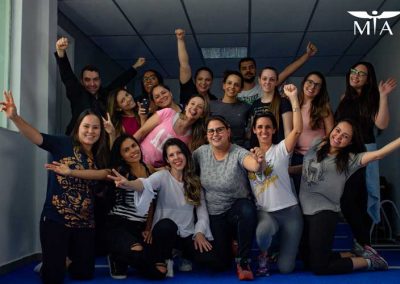
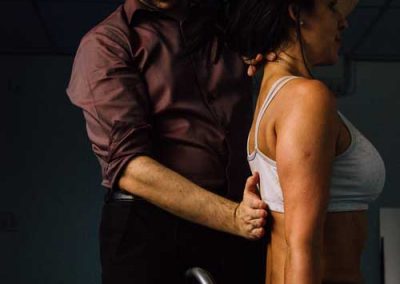
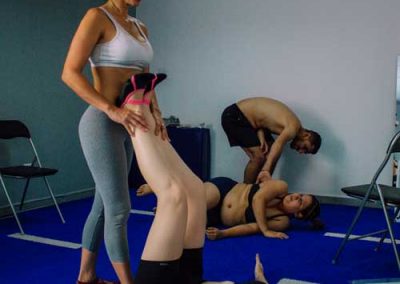
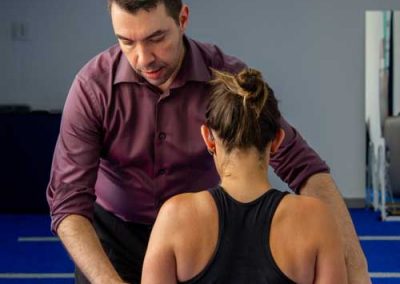
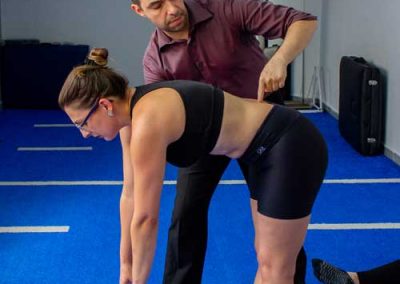
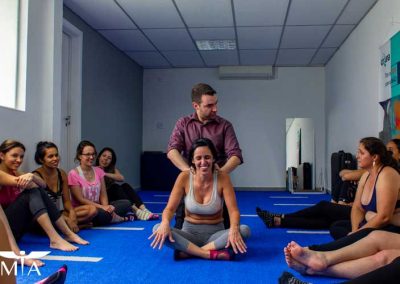
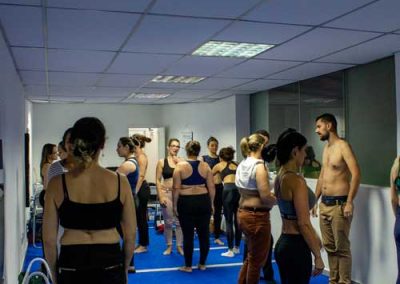
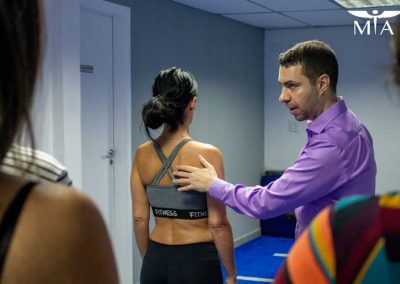
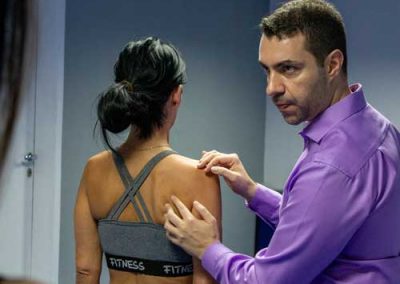
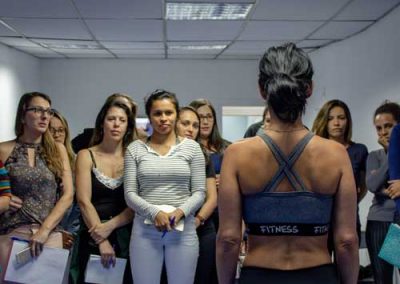
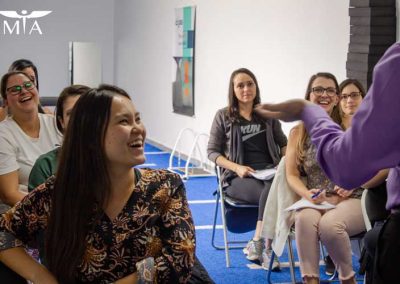
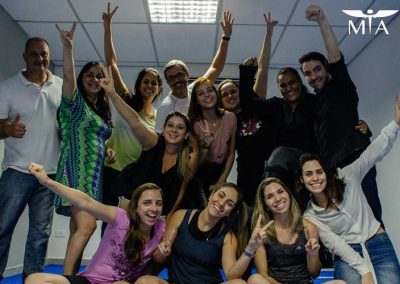
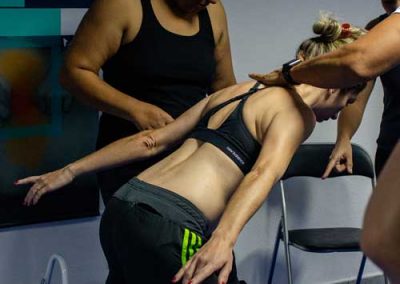
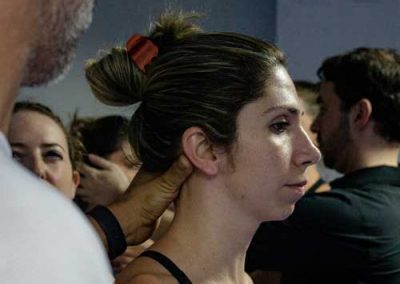
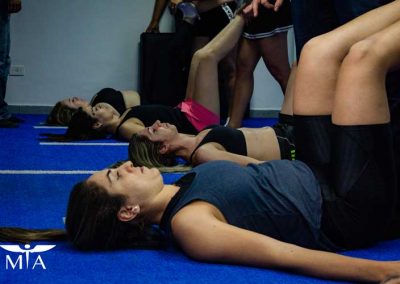
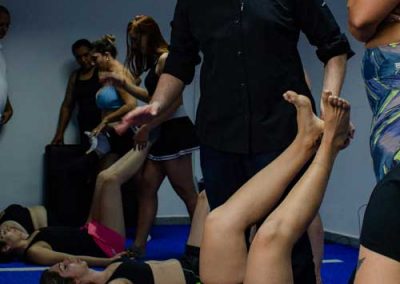
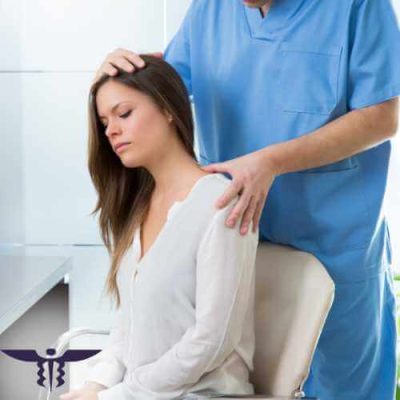
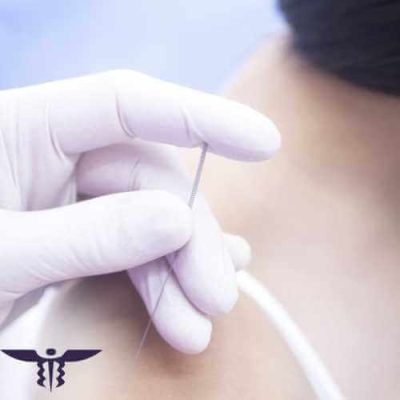
Debra Tees –
This course was exactly what I needed.
Adam Miller –
Very impressed with the myofascial chains course. I learned a lot! very precise technic. Congrats!!!!